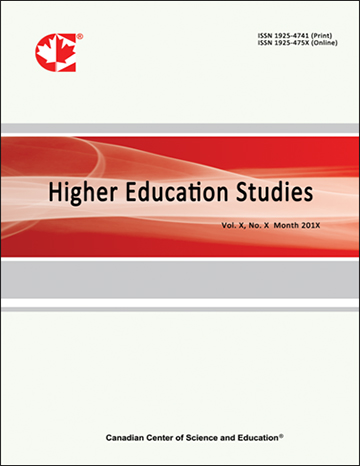Analysis of the Relationship between Quadrilaterals Achievement Levels and Van Hiele Geometric Thinking Levels of the Seventh Grade Students
- Meryem Ersoy
- Onur Alp llhan
- Sevim Sevgi
Abstract
In this study, it was aimed to examine the relation between seventh-grade students' quadrilaterals achievement levels and Van Hiele geometric thinking levels. Survey method was used. The sample of the study was 160 students from the three different districts of Kayseri, as Melikgazi, İncesu, and Tomarza. Van Hiele geometric thinking test and quadrilaterals achievement test, which was developed by the first researcher, were used to collect the data. Descriptive statistics such as mean, frequency, and standard deviation and percentage tables Pearson correlation analysis which was applied to analyze the relationship between the quadrilaterals achievement test and Van Hiele geometry thinking test scores of the seventh-grade students and independent samples t-test was used to for analysis. The results of the study indicated that Van Hiele geometric thinking levels of the seventh school students were lower than expected levels. A high level of correlation was found between quadrilaterals achievement levels and their Van Hiele geometric thinking levels of the seventh-grade students. As a result of the study, quadrilaterals achievement test and Van Hiele geometric thinking test were measuring the students’ geometric abilities in the same direction.
- Full Text:
 PDF
PDF
- DOI:10.5539/hes.v9n3p1
Index
- AcademicKeys
- CNKI Scholar
- Education Resources Information Center (ERIC)
- Elektronische Zeitschriftenbibliothek (EZB)
- EuroPub Database
- Excellence in Research for Australia (ERA)
- Google Scholar
- InfoBase
- JournalSeek
- Mendeley
- Open Access Journals Search Engine(OAJSE)
- Open policy finder
- Scilit
- Ulrich's
- WorldCat
Contact
- Sherry LinEditorial Assistant
- hes@ccsenet.org
